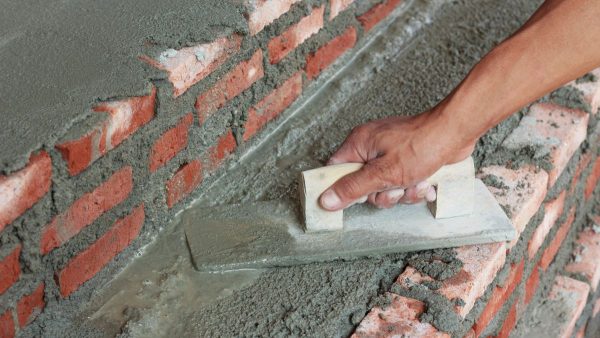Navigating complex masonry rehabilitation

Historic masonry buildings are more than just structures; they are living pieces of history, embodying their time’s architectural styles, materials, and craftsmanship. From grand cathedrals to modest homes, these buildings serve as a tangible connection to the past. However, the passage of time and environmental and biological factors can lead to the deterioration of these cherished landmarks.
At JKIndustries, we understand the importance of preserving these structures while maintaining their historical authenticity. Successfully navigating the complex process of masonry rehabilitation requires a delicate balance between structural integrity and respect for the original craftsmanship.
The challenges of aging masonry
Historic masonry buildings face a range of challenges as they age. Environmental factors such as moisture, thermal stress, and pollution accelerate the decay of brick and stone. Additionally, biological factors, including moss and ivy growth, contribute to masonry deterioration. Chemical reactions caused by modern pollutants can also weaken the materials. Over time, the mortar that once held these structures together can crumble, causing bricks to shift and leading to potentially dangerous instability.
Addressing these challenges proactively is essential to ensuring that these historic edifices continue to stand. Preservation efforts stabilize the structures and retain the cultural narratives they represent. However, the process of masonry rehabilitation is complex and requires a nuanced approach to balance structural integrity with historical authenticity.
Maintaining historical authenticity
One of the primary goals of masonry rehabilitation is to maintain the building’s historical authenticity. This means using materials and techniques that closely match the original construction. Extensive research and documentation are essential to achieving this authenticity. Archival records, old photographs, and historical documents can provide valuable insights into the building’s original design and materials. By understanding how the structure was originally built, we can make informed decisions about how best to preserve its historical character.
Ensuring structural integrity
Many historic masonry buildings suffer from structural issues due to age, weathering, and poor maintenance. Before any rehabilitation work begins, it is crucial to consult with structural engineers who specialize in historic buildings. They can assess the building’s stability and recommend appropriate repairs, which might involve reinforcing the existing structure with steel supports, repairing or replacing damaged masonry, and addressing any foundation issues. Ensuring the structural integrity of the building is vital to its long-term preservation.
Addressing masonry deterioration
Masonry deterioration is a common issue in historic buildings, often caused by moisture, freeze-thaw cycles, pollution, and other environmental factors. To properly restore damaged masonry, it is essential to use techniques like repointing, which involves replacing the deteriorated mortar between bricks or stones. Consolidating weakened bricks or stones and cleaning the facade using gentle methods can also help to avoid further damage. These techniques must be executed with care to preserve the building’s original appearance.
Finding matching materials
One of the most challenging aspects of masonry rehabilitation is finding materials that match the original construction. Historic materials such as bricks, stones, or decorative elements may no longer be available or prohibitively expensive. Working with specialists who can replicate materials or source reclaimed or salvaged materials that closely match the original is essential in these cases. This attention to detail ensures that the rehabilitated building maintains its historical character.
Navigating regulatory approvals
Complying with local building codes and preservation regulations often complicates masonry rehabilitation. Navigating these regulatory requirements can be time-consuming and complex. Engaging with preservation organizations, local historic commissions, and experts experienced in dealing with these regulations is crucial. They can guide you through the approval process and ensure your rehabilitation project meets all necessary standards.
Navigating the complex process of masonry rehabilitation requires a thoughtful approach that respects both the structural needs of the building and its historical significance. At JKIndustries, we are committed to preserving the legacy of historic masonry buildings by using expert techniques, matching materials, and working closely with preservation authorities. By taking these steps, we can ensure that these iconic structures continue to stand as a testament to their time’s craftsmanship and architectural heritage. If you are facing the challenge of rehabilitating a historic masonry building, contact us today to learn how we can help you preserve your valuable asset for future generations.
